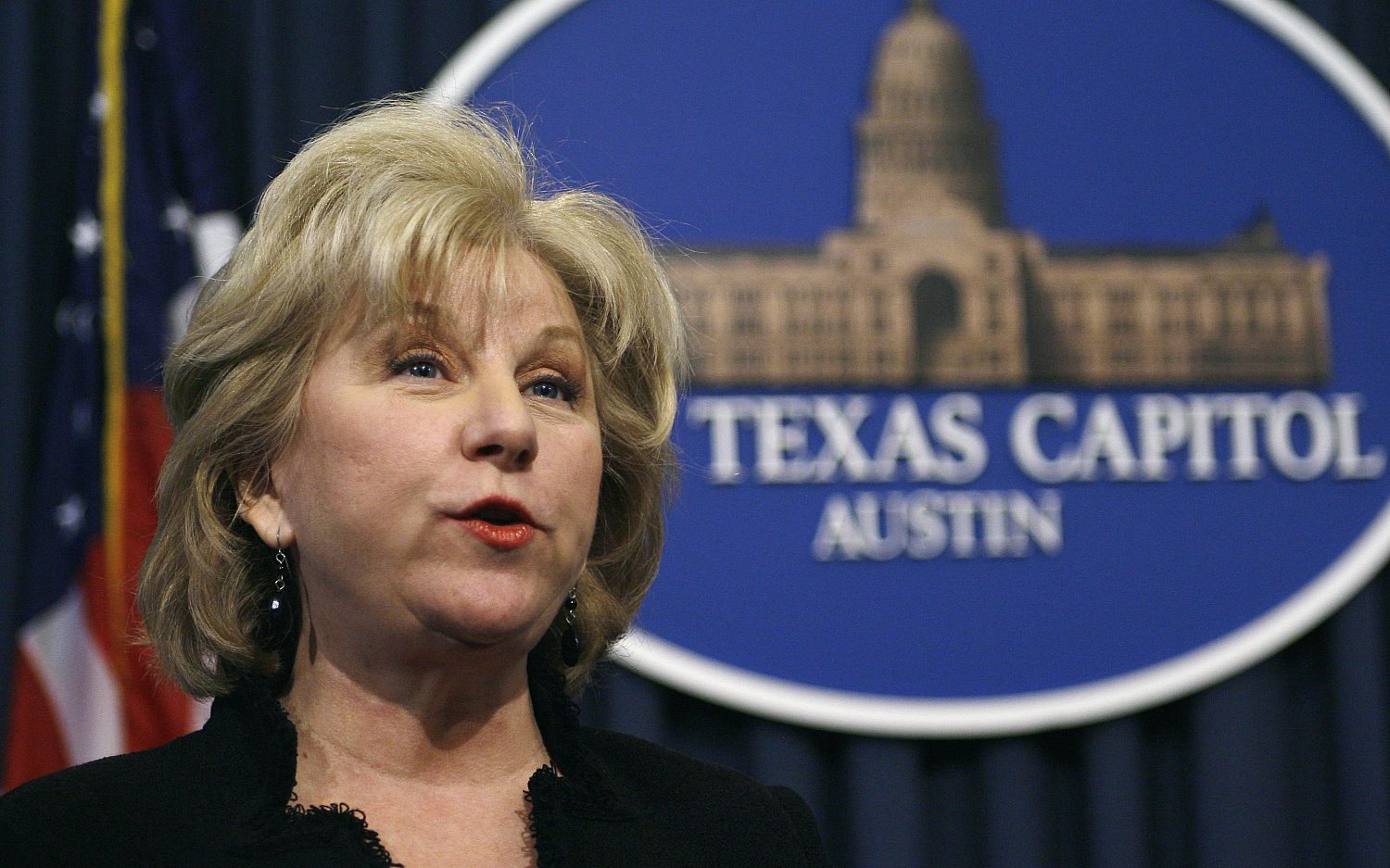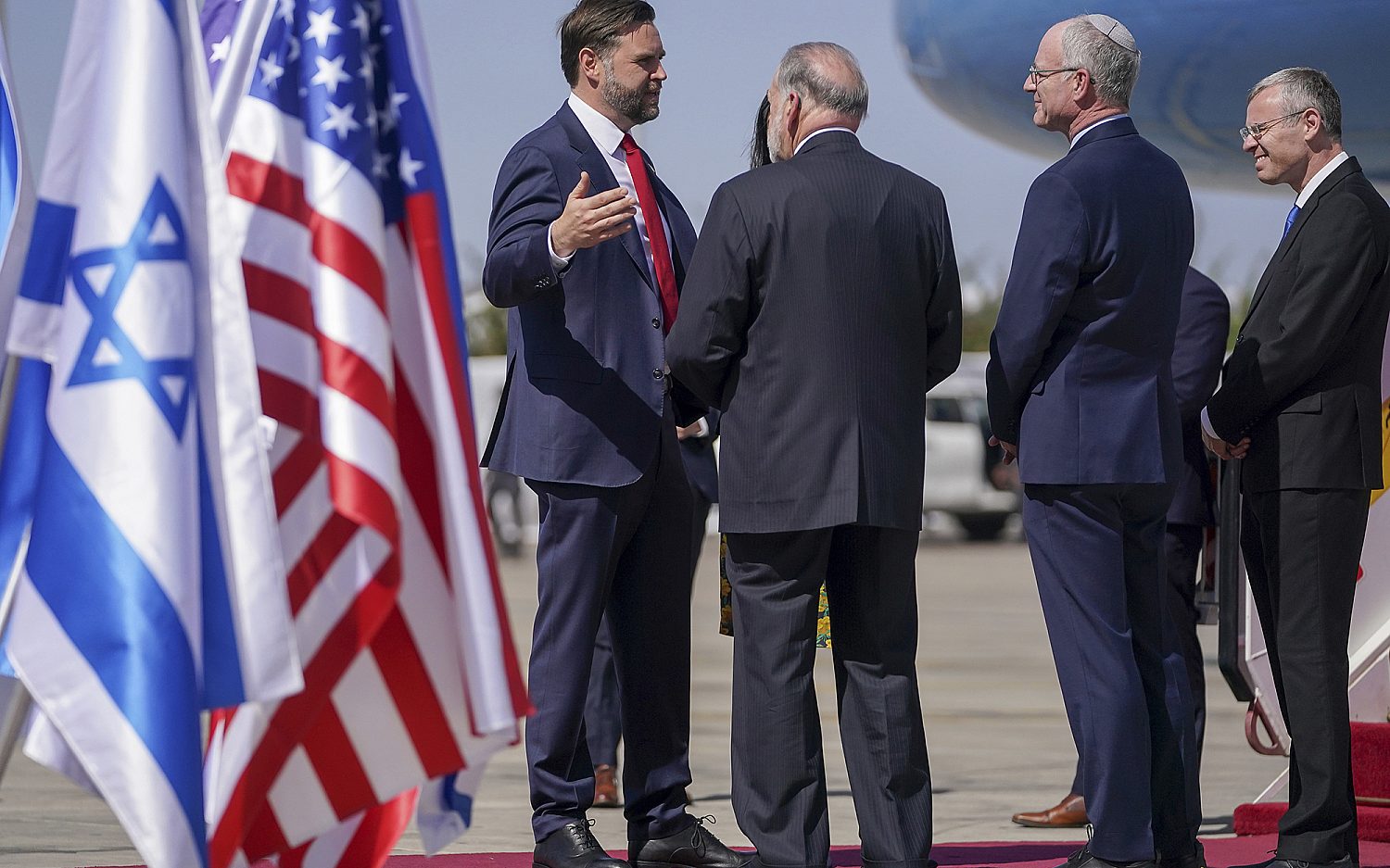Why do so many jihadists come from one small Belgian neighborhood?
As Parisian police continue to probe last week’s terror attacks that killed 129 people and wounded hundreds more, a small Belgian borough has emerged as a breeding ground for radicalized Islamic militants.
Of the seven arrests made in connection to the Paris attacks, three took place in Molenbeek, a Muslim-majority migrant neighborhood in Brussels. On Monday, French officials identified Abdelhamid Abaaoud, who grew up in Molenbeek, as the presumed mastermind of the attacks.
In recent years, Molenbeek’s reputation as a preeminent jihadist hotbed has flourished. A recent Guardian report lists a string of terror attacks—the 2004 Madrid bombing, last year’s Jewish museum murders in Belgium, and this summer’s foiled Paris-Amsterdam train attack—that all link back to Molenbeek.
“Molenbeek is a pit stop for radicals and criminals of all sorts,” said Itinera Institute’s Bilal Benyaich. “It’s a place where you can disappear.”
Aside from the convenient camouflage, the region lures Islamic radicals with black market weaponry. A recent Reuters report highlights Belgium’s burgeoning arms market.
“With the right connections, it’s quite easy to find illegal weapons in Belgium,” said Nils Duquet, a researcher at the Flemish Peace Institute.
Molenbeek has soaked up so many waves of migrants in recent decades that its Belgian identity has all but washed away. A melting pot of Islamic influences, eight out of 10 Molenbeek inhabitants are of Moroccan descent, and mosques outnumber churches 4 to 1. In years past, genocide-fleeing Rwandans settled there, followed by refugees from the former Yugoslavia and other war-torn parts of the world. With a nearly 40 percent unemployment rate, the impoverished enclave is home to restive youth eager to take up a cause.
But some say Molenbeek’s reputation as an Islamist incubator is overblown. Brussels Mayor Francoise Schepmans admits a sliver of the area’s Muslim population has gone radical in recent years, but insists it’s nothing serious.
“I’ve been living here for 50 years,” Schepmans said. “It’s not a nest of terrorism.”
According to a recent Los Angeles Times report, Molenbeek residents say they live in an ordinary European town, populated with moderates and average people.
“Molenbeek is a victim of media stereotyping,” said Kenza Yacoubi, a local socialist councilwoman whose parents were Moroccan immigrants. “With the lack of work here and other problems, it can happen that someone comes along and leads young men astray. … But this is a very tiny minority and should not taint the entire district.”
Whether or not the accusations about Molenbeek prove credible, Belgium’s link to Islamic violence is substantial. While only 5 percent of the nation’s 11 million inhabitants are Muslim, Belgium is the biggest conduit of fighters to the conflict in Syria. According to The Wall Street Journal, Belgium’s Interior Ministry estimates about 270 of its citizens are currently living in Syria, with numbers climbing each month.
“At this point, Belgium is, per capita, by far the European nation contributing the most to the foreign element in the Syrian war,” said Pieter Van Ostaeyen, a Flemish researcher and expert on Belgian jihadism. He estimates Belgium has sent between 350 and 550 fighters, including women and adolescents as young as 16, to join Islamic State insurgents in Syria. Freshly trained and equipped, Van Ostaeyen believes many militants return to Belgium with eyes locked on domestic targets.
The Associated Press contributed to this report.
An actual newsletter worth subscribing to instead of just a collection of links. —Adam
Sign up to receive The Sift email newsletter each weekday morning for the latest headlines from WORLD’s breaking news team.




Please wait while we load the latest comments...
Comments
Please register, subscribe, or log in to comment on this article.